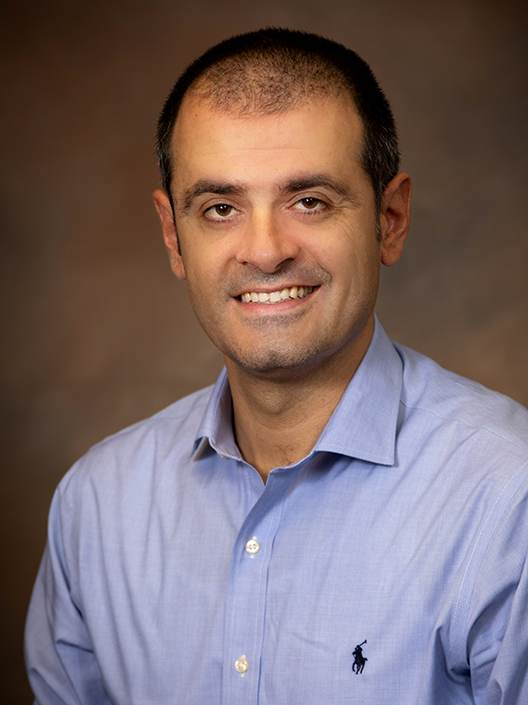 University of Utah electrical and computer engineering assistant professor Benjamin Sanchez Terrones recently had his research featured in the journal IEEE Pulse. His paper, titled “Skin Electrical Resistance as a Diagnostic and Therapeutic Biomarker of Breast Cancer Measuring Lymphatic Regions”, was selected among a group of works that fall under the umbrella of health-related ion detection research. Sanchez-Terrones was previously featured in IEEE Access for this work in 2021.
University of Utah electrical and computer engineering assistant professor Benjamin Sanchez Terrones recently had his research featured in the journal IEEE Pulse. His paper, titled “Skin Electrical Resistance as a Diagnostic and Therapeutic Biomarker of Breast Cancer Measuring Lymphatic Regions”, was selected among a group of works that fall under the umbrella of health-related ion detection research. Sanchez-Terrones was previously featured in IEEE Access for this work in 2021.
Mammograms have long been the standard for breast cancer screening, but they come with a drawback: people receiving the screening are exposed to small doses of radiation each time they have the test done. Because of this, most people don’t begin consistent tests until the age of 40, but this can sometimes be too late. Sanchez Terrones has been developing technology that can safely and non-invasively detect breast cancer using a low electrical current rather than radiation.
“Mammograms don’t work as well as we would like them to work, and it can be especially challenging for people with denser breast tissue to detect breast cancer,” said Sanchez Terrones. “There is a screening problem – just because you don’t see cancer on the mammogram, it doesn’t mean it’s not there.”
The technology Sanchez Terrones is developing involves two electrodes that send a low-voltage electrical current through the skin and tissue to detect any lymphatic changes. Initial trial runs of this technology have shown promising results. In an early clinical study of 48 women, the procedure was proven 70% effective at predicting positive cancer screenings, and 75% effective at predicting negative screenings.
“Our long-term goal is to reduce the amount of ‘misses’ of breast cancer made by commercial technology scans,” says Sanchez Terrones. “With the future implementation of this technology in clinics, we hope to eliminate the need for sending people off to a separate radiology appointment for a painful mammography.”
Another benefit this technology offers is the ability to monitor breast cancer patients’ progress as they complete treatments. The current standard of care takes time following therapy before the person is able to have another mammogram, leaving a gap of up to several months without monitoring for therapeutic effect.
“We monitored a subset of women who had diagnosed breast cancer and measured their lymphatic changes before and after therapy,” said Sanchez Terrones. “What we saw was their results after treatment became closer to those of a person with a benign lesion, suggesting that the technology was able to pick up on therapeutic effect. This is a huge advantage because it would allow for doctors to intervene and act sooner in the event a patient is not responding or negatively responding to a given therapy.”
Sanchez Terrones says the technology is currently in the stages of collecting and compiling the necessary evidence to apply for FDA approval and is likely a few years away from being commercially available.
To read Sanchez Terrones’ featured article, click here.